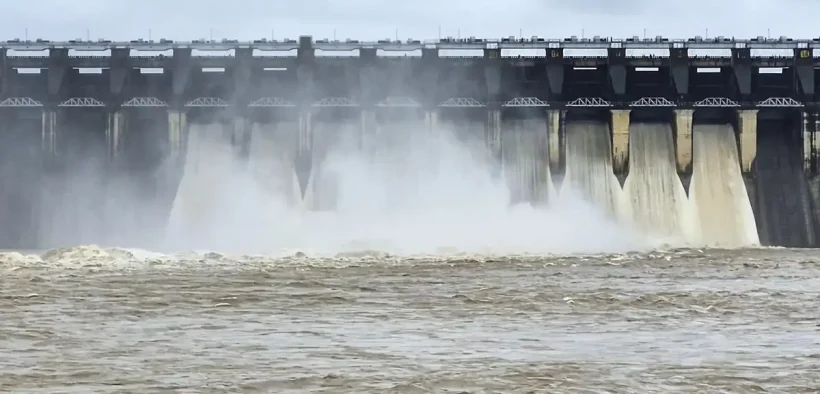On July 19, 2025, China’s Premier Li Qiang attended the groundbreaking ceremony for the colossal Medog Hydropower Station—a $167 billion mega-dam in Medog County, Tibet, on the Brahmaputra River (known locally as Yarlung Tsangpo). This ambitious project involves building five cascade hydropower plants, expected to generate 60 GW of power, producing approximately 300 billion kWh annually, dwarfing China’s Three Gorges Dam.
Advertisements

Located just ~50 km from the Arunachal Pradesh border, the dam has sharply escalated concerns in India. Arunachal Chief Minister Pema Khandu called it a “ticking water bomb”, warning of risks like sudden flooding, water shortages, and threats to livelihoods across Assam and Bangladesh. Officials emphasise China’s unreliability and secrecy on the project, particularly in its refusal to sign international water-sharing treaties.
India’s Ministry of External Affairs has repeatedly urged China to be transparent and ensure downstream interests aren’t harmed—India views itself as a lower riparian state with established water-use rights. China, for its part, insists the dam will have no negative impact, positioning it as key to its carbon-neutral goals and regional development strategy.
Environmental advocates have raised alarm over the project’s location in a seismically active region, which could trigger earthquakes, landslides, and ecological disruption. Local Tibetan communities fear displacement and loss of cultural heritage sites. Experts highlight the absence of robust hydrological data sharing, noting China’s previous dam projects on rivers like the Mekong caused downstream water stress in Southeast Asia.
In response, India is advancing its own hydropower initiative—the Siang Upper Multipurpose Project in Arunachal Pradesh—to secure water control and counterbalance China’s upstream capabilities. The dam remains a flashpoint as regional geopolitics, environmental sustainability, and water security interconnect in the geopolitically sensitive Himalayas.


